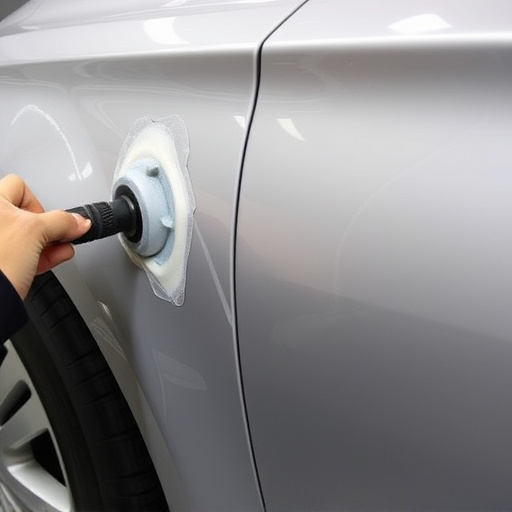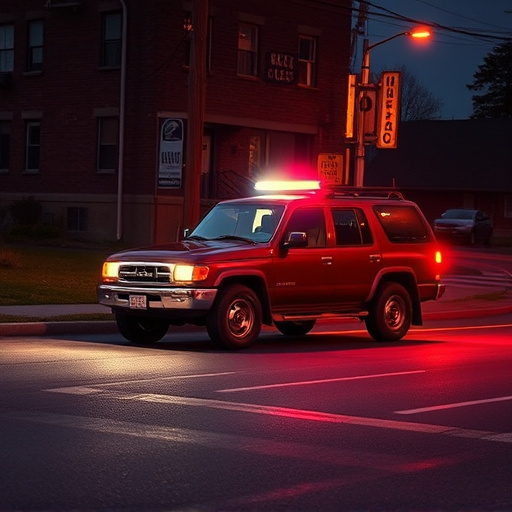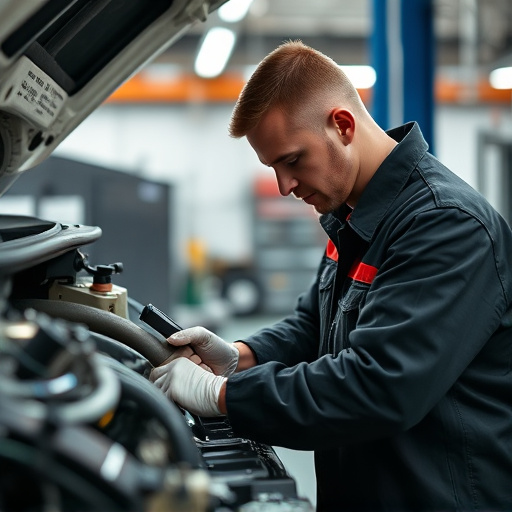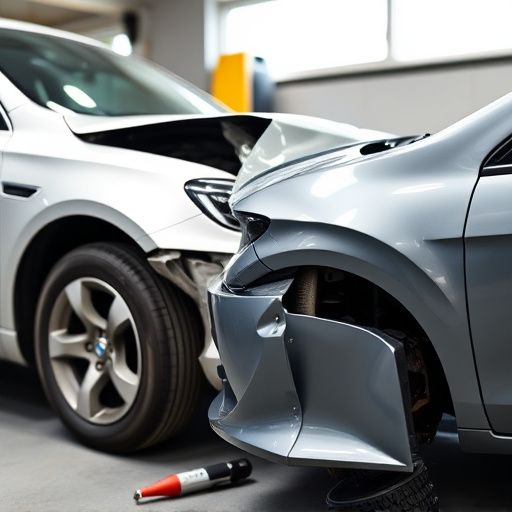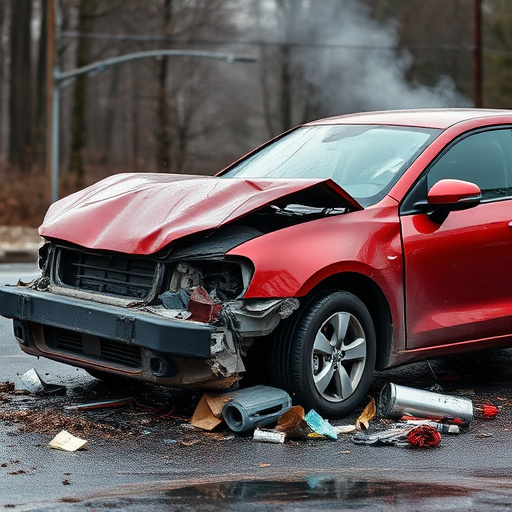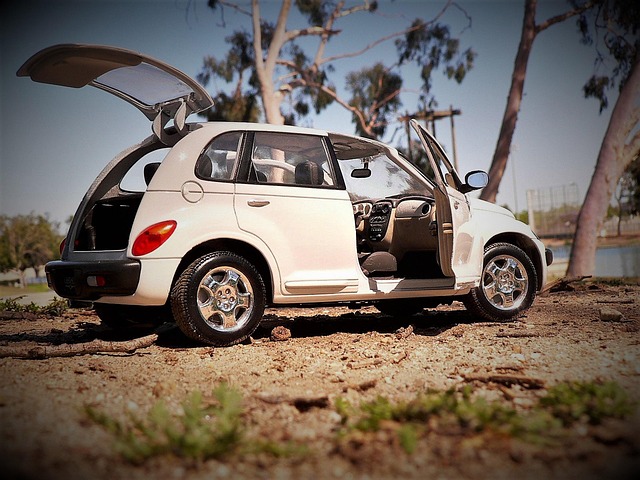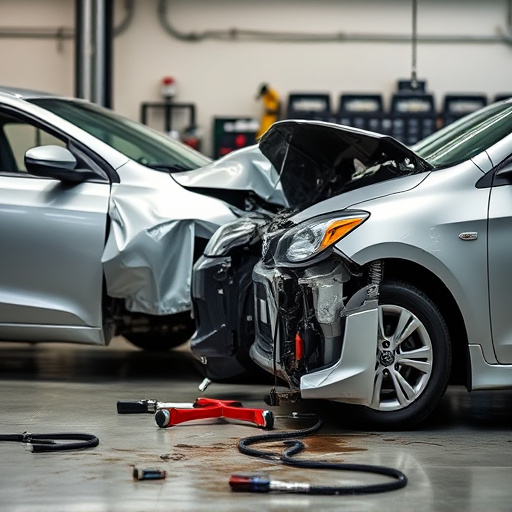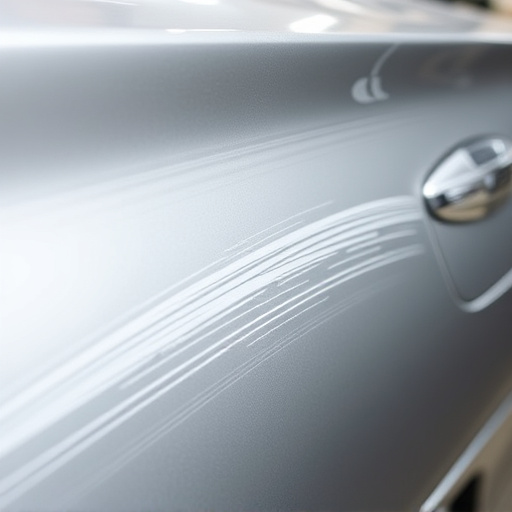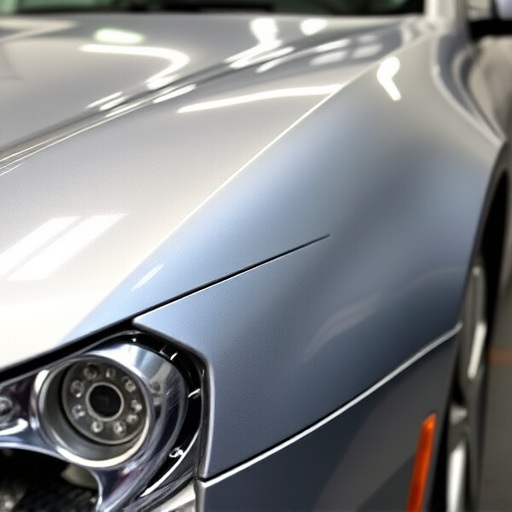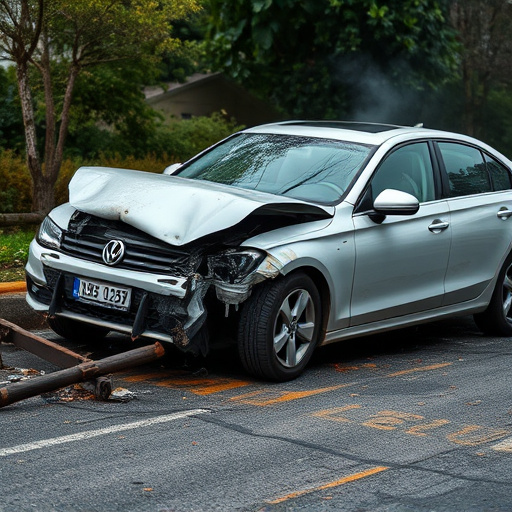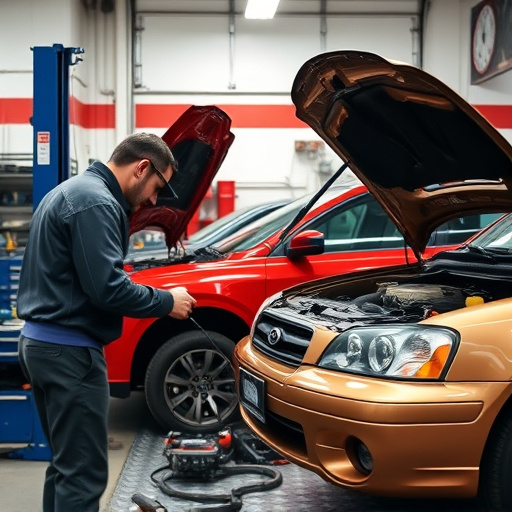Tesla carbon fiber repairs require a meticulous process focusing on structural integrity and aesthetic perfection. Adhesives play a crucial role, adhering to OEM standards for superior strength and environmental resistance. Skilled technicians inspect, prepare, and mold composite panels, ensuring minimal disruption to the vehicle's design and performance.
“Uncover the art of Tesla carbon fiber repair, a game-changer in the automotive industry. This comprehensive guide explores the unique construction of Tesla’s iconic carbon fiber body panels and offers an in-depth look at effective repair techniques. From understanding the material’s properties to selecting the perfect adhesives for OEM bonding, we demystify the process. Whether you’re a professional or enthusiast, master the steps involved, ensuring structural integrity and a factory-like finish with every Tesla carbon fiber repair.”
- Understanding Tesla Carbon Fiber Construction
- Repair Process: Step-by-Step Guide to Carbon Fiber
- Choosing the Right Adhesives for OEM Bonding
Understanding Tesla Carbon Fiber Construction
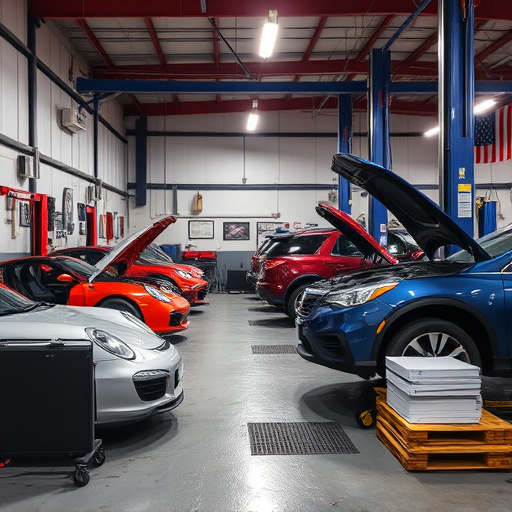
Tesla vehicles are renowned for their cutting-edge design and innovative materials, with carbon fiber playing a significant role in their construction. This strong and lightweight composite material is strategically incorporated into various structural components, enhancing performance and efficiency. Understanding the intricacies of Tesla’s carbon fiber architecture is crucial when it comes to repairs, especially specialized Tesla carbon fiber repair procedures.
When a Tesla vehicle undergoes hail damage or other incidents requiring car repair services, the integrity of its carbon fiber structures must be meticulously assessed. Fleet repair services often require precise adherence to original equipment manufacturer (OEM) guidelines for adhesive bonding, ensuring structural stability and longevity. Proper repairs not only restore the vehicle’s aesthetics but also maintain its overall performance, showcasing the importance of expert handling in Tesla carbon fiber repair processes.
Repair Process: Step-by-Step Guide to Carbon Fiber
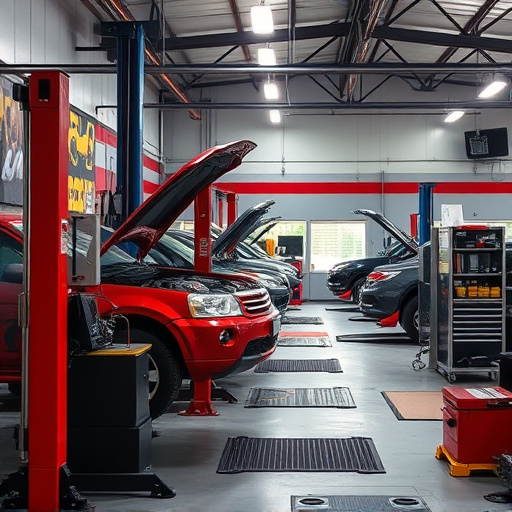
The Tesla carbon fiber repair process involves a meticulous, multi-step approach to ensure both structural integrity and aesthetic perfection. It begins with careful inspection to identify and assess collision damage or dents in the intricate carbon fiber composite panels. The damaged area is then prepped by removing any loose debris and applying specialized cleaners to prepare the surface for bonding.
Next, skilled technicians use precision tools to shape and smooth the surrounding areas, creating a contoured base for the repair. A high-performance OEM adhesive specifically designed for Tesla’s carbon fiber is carefully applied along the damage site. Finally, a precise mold or patch, often crafted from more carbon fiber material, is carefully positioned and pressed into place, securely bonding with the existing panel. This method ensures minimal disruption to the car’s overall design and performance, highlighting Tesla’s commitment to precision engineering in their vehicles.
Choosing the Right Adhesives for OEM Bonding
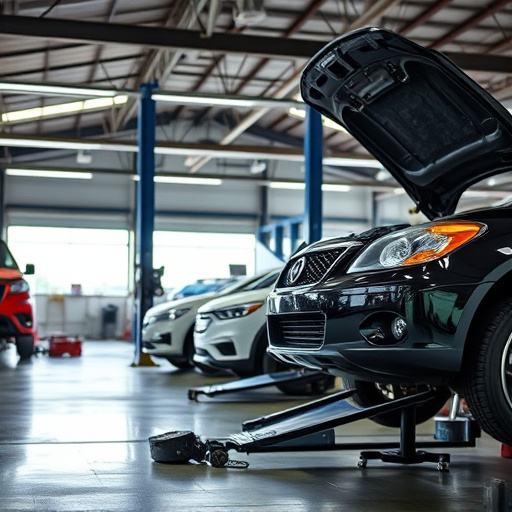
When it comes to Tesla carbon fiber repair, selecting the appropriate adhesives for OEM (Original Equipment Manufacturer) bonding is paramount. The right adhesive ensures a strong, durable bond that matches the vehicle’s original specifications, maintaining the aesthetic and structural integrity of the car. For an effective Tesla carbon fiber repair, consider using high-performance adhesives designed specifically for automotive applications, ensuring they meet the rigorous standards set by Tesla.
Choosing the correct adhesive involves understanding the unique properties required for carbon fiber materials. These include excellent adhesion to various substrates, resistance to environmental factors like UV exposure and temperature fluctuations, and the ability to withstand the stresses and forces encountered in a vehicle body shop, especially during frame straightening or fender repair processes. By selecting an OEM-approved adhesive with these characteristics, you can ensure a seamless and long-lasting repair for your Tesla’s carbon fiber components.
Tesla’s innovative use of carbon fiber in their vehicles presents both challenges and opportunities for repairs. Understanding the unique construction and implementing precise procedures, such as those outlined for repair and OEM adhesive bonding, are key to maintaining the structural integrity and aesthetic appeal of these advanced materials. By following a meticulous approach, Tesla owners can effectively address carbon fiber damage, ensuring their vehicles remain a testament to cutting-edge automotive design and technology. This involves utilizing specialized knowledge and tools to match the precision of the original manufacturing process, ultimately facilitating the seamless restoration of both performance and beauty in Tesla carbon fiber repair.


